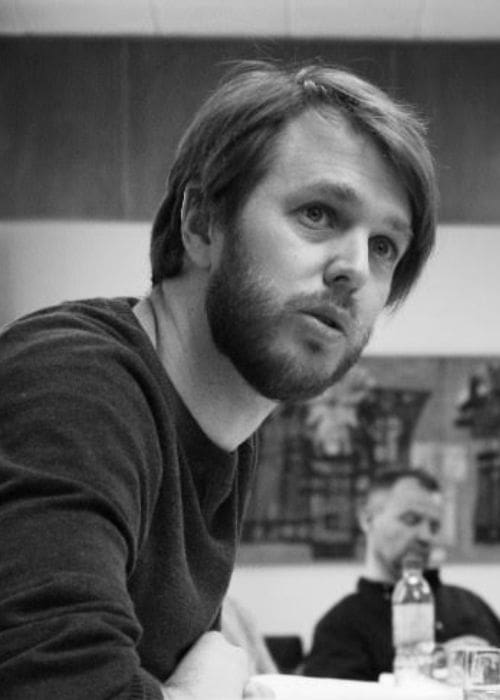
UN Reform: Three Paths Forward
It seems each day provides us a fresh reason for pessimism. A new demonstration of the fraying social contract, especially at the international level. The pillars upon which the international order was built seem to be rapidly deteriorating—from territorial integrity to the laws of war to the breaking of promises—and we find ourselves asking: what is to be done? There is no need to provide a comprehensive summary here of the risks we face; compelling diagnoses exist of what ails the world and there is no shortage of sensible prescriptions. The UN Secretary General’s Our Common Agenda is a good recent example as are many other reports and analyses with a narrower focus, touching upon issues of climate and the environment, security, poverty and inequality, financial sector vulnerabilities, and other such risk factors.
There is also growing acceptance of the view that these problems are generally global in nature; they are transnational. Solutions to them can best be framed in a context of much stronger international cooperation. It is for this reason that the debate about actions to confront them often ends up with a focus on the system of multilateral institutions that emerged out of the ashes of World War II.
UN Reform a nonstarter?
One aspect of this debate is whether, against the current geopolitical background, it would even be prudent to talk about reforms to our global governance architecture. With the “abysmal political climate for international cooperation, with deep rifts and mistrust” some argue that “reform is a nonstarter,” that it is Alice in Wonderland to “discuss reforming the UN while ignoring the brutal contemporary political realities.”
Implicit in this position is the notion that time is on our side, that we can afford to wait for the ‘right’ geopolitical moment. And, until the stars align again, our task lies in making minor adjustments. Secretary-General Kofi Annan told the General Assembly in 2003 “we have reached a fork in the road.” This thought has been repeated countless times by other Secretaries-General, by well-meaning heads of state and, it is assumed, will continue to be repeated through 2045, the 100th anniversary of the adoption of the UN Charter.
But insights coming from systems science about the breaching of planetary boundaries—to take just one example—demonstrate that time is not on our side, that we have a rapidly narrowing window of opportunity to address and hopefully mitigate the worst effects of the coming environmental calamities. Or, likewise, to reduce the likelihood of the use of nuclear weapons in one of the many unresolved conflicts bubbling around the world. What, then, is to be done?
Three viable paths
There seem to be three viable paths, which can be pursued concurrently. The first path is to recommit ourselves to the system we have. There are tremendous benefits to this—most notably that it would be a return to consensus. At this moment of great crisis, there is a legitimate case to be made that the safest route is the surest route—at least in the short term. However, that is also a limiting prospect and runs the risk of determining that the best we can do is to continue doing what we have already done. Perhaps more importantly, if we are conscious that the system as it stands is increasingly insufficient, by choosing only this path we are in a way admitting defeat at the outset.
The second course of action is to take the model we have and innovate. This is the course of action offered through the upcoming Summit of the Future and its attendant proposals including a New
Agenda for Peace, proposals for financial architecture reform, and even Article 109. There is significant merit in this course of action, as well: it offers an opportunity for questioning the structures we have without undoing the progress they have made. In other words, it allows for organic growth. Yet, there are risks here, too—in that we could end up investing significant time and energy to perpetuate a system ill-suited to our interconnected reality; or that we achieve only marginal progress, or, worse still, the process results in greater political fragmentation and mistrust.
The third course of action is a deeper exploration into the persistent challenges underlying our current systems and a search for new solutions. Essentially, questioning underlying assumptions and finding new answers. This course of action excites us most—in large part because we do not believe that the current frameworks are sufficient for the world of today, let alone tomorrow. In other words, when we imagine a century ahead, we just can’t picture a global governance system where Member States are expected, even required, to prioritize their domestic concerns when discussing international matters. We can’t imagine that a successful governance system would continue to prioritize a profit motive, a power motive, over the wellbeing of citizens and nature. Yet the system we have (even if modified as in option two) does just this. We will also be the first to admit that this may not be the most politically realistic course for today, but it will one day be the path we must choose. Why not begin it now given its far-reaching implications?
We do not need to choose merely one of these three options. We are at a moment where many opportunities open before us. The international order is struggling under the weight of the crises we face—both new and old. Let us use this consensus as a starting point to commit to what we have, to see what meaningful change can come from the processes in progress, and to rethink the current order from our starting assumptions. In essence, a little bit of each viable path is the ultimate expression of the precautionary principle for global governance.
Overcoming paralysis
One problem with concluding that the current political impasses make UN reform a nonstarter is that it leads to paralysis. It results in proposals that are the intellectual equivalent of rearranging the deckchairs as the ship is sinking. We are not suggesting ignoring the political realities of this moment but trying to see what the future holds. One day, we will need to move beyond traditional paradigms, beyond “reinforcing the crumbling foundations” of the current system. Humanity will need to articulate a new architecture, better suited to the needs of a rapidly changing humanity.
Importantly, it is not only governments who can advance this conversation—in fact this might be a key to overcoming some of the seemingly intractable obstacles to reform. As was noted in A Second Charter: Imagining a Renewed United Nations, numerous global governance innovations over the past quarter century were not initiated by governments. They started with civil society organizations: the Land Mines Treaty, the creation of the International Criminal Court, and the adoption of the Treaty on the Elimination of Nuclear Weapons, to cite some recent examples. At a later stage, many governments adopted them. This is the “new diplomacy” in action.
At the end of World War II, and because of the destruction created by that conflagration, humanity had an opportunity to imagine something better suited to the needs of, in particular, the European continent. If in 1945 one had ventured to suggest that within a generation Europe would be advancing a project of economic and political integration, that by the late 1970s there would be direct elections for members of an increasingly influential European Parliament, and that by end of the century the broad parameters of monetary policy would be set by a European Central Bank based in Germany managing a single currency, one might have been accused of “Wonderland thinking”. And yet, it was the very political turmoil of that moment which allowed for this evolution to take place.
Today, we cannot afford to wait for what is called a “San Francisco” moment. Recall how that gathering came only after a global catastrophe prompted humanity to dare to think differently and engage in a reform process. Yet, today’s generation is carrying the legacy of the imperfections bequeathed to it. Let us not wait for another catastrophe before we engage in meaningful reform processes. In addition to recommitting to promises made, in addition to technical modifications, let us take that leap of imagination necessary to prevent future global catastrophes. Who knows, perhaps in a few decades, like the European case, future generations will be amazed at what we were able to achieve.
This article was originally published in Global Governance Forum’s blog.
Image Source: Palácio do Planalto from Brasilia, Brasil, CC BY 2.0, via Wikimedia Commons

























